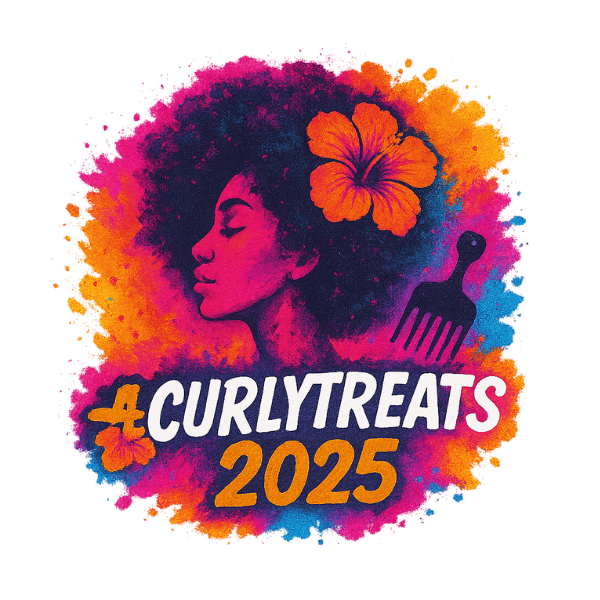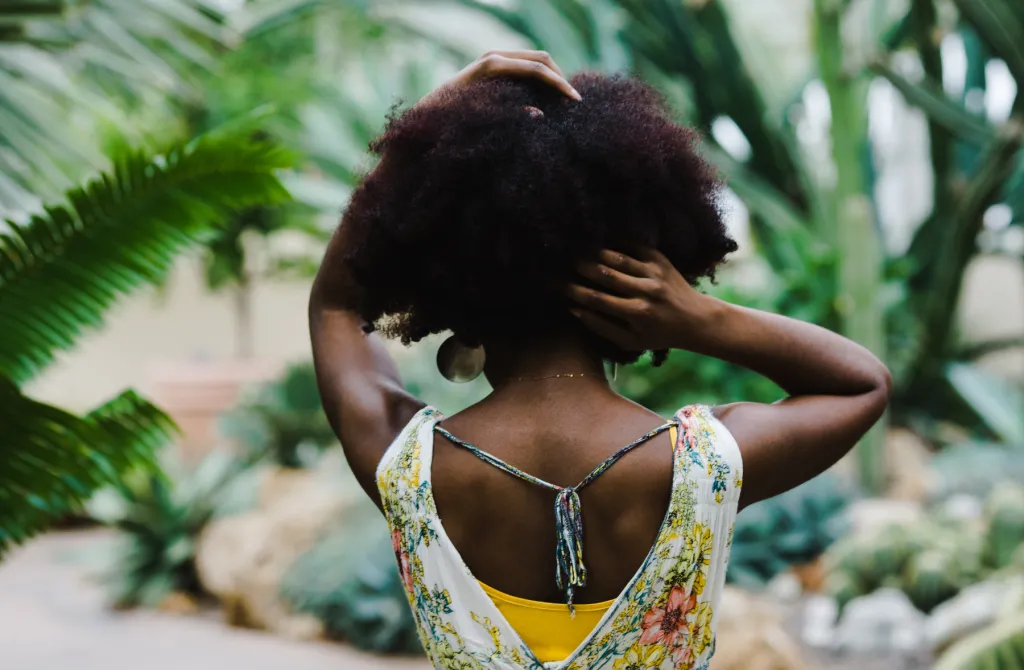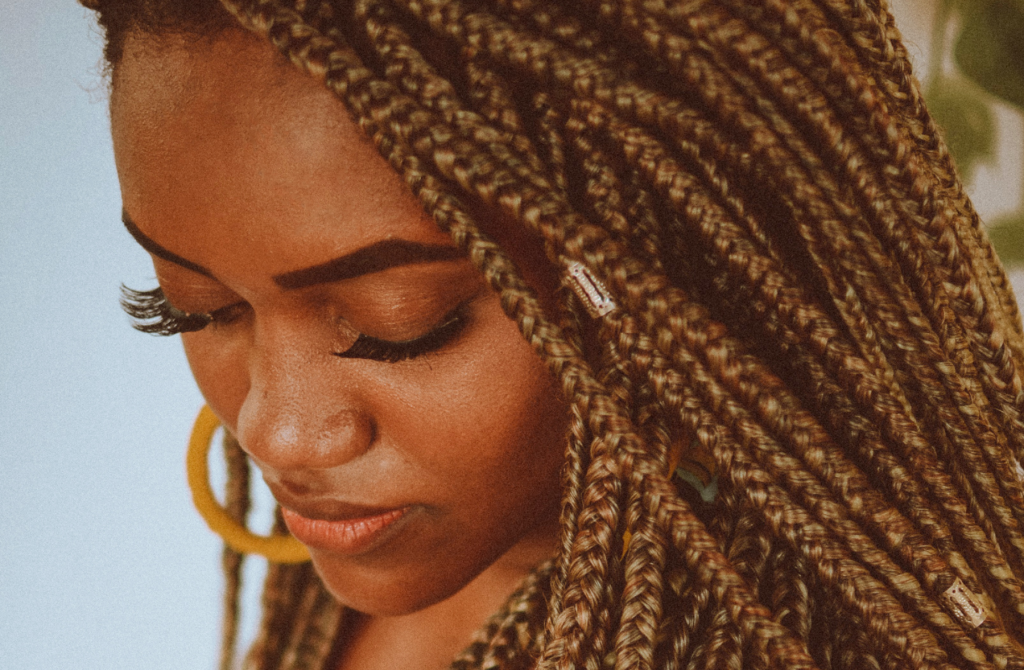Hair food sounds healthy, nourishing, and kind of revolutionary – right? But if you’ve ever opened a tub and had flashbacks to your mum greasing your scalp with Blue Magic or Dax, you’re not imagining things. This so-called new product and old-school grease have a lot in common - and that’s exactly why this question keeps coming up:
Is it just grease with a glow-up? Let’s break down what this type of hair treatment really is, what’s inside it, and how it compares to the classics.
What is hair food, exactly?
This product is usually marketed as a nutrient-rich treatment for dry, brittle, or damaged strands. It can come in a few different textures - some are thick and balm-like, while others are much lighter and creamier. Either way, it’s designed to be massaged into the scalp or smoothed through the hair to help seal in moisture and add shine.
The ingredients often include:
- Petrolatum (petroleum jelly) or mineral oil
- Fragrance or perfume
- Oils like coconut, castor, olive, or jojoba
- Sometimes extras like lanolin, vitamins, or plant extracts
Some versions feel like a classic grease in a new jar. Others are lighter, more lotion-like, and easier to spread — especially for those who prefer a non-greasy finish.
Is it really different from grease?
In most cases, not really - the base is often the same. Both products rely on occlusive ingredients like petrolatum or mineral oil, which form a barrier to lock in moisture and protect the hair from drying out.
What’s changed is mainly the branding. Grease was often labelled as “heavy” or “old school.” These newer formulas focus on hydration, nourishment, or plant-based ingredients - but the core purpose remains the same: they’re sealants, not moisturisers.
What does it actually do?
Whether it’s called grease, balm, or conditioning treatment, this type of product plays a legit role in natural hair care - especially for curly, coily, and afro textures. Here’s what it helps with:
- Seals in moisture – when layered over a leave-in or water-based product
- Prevents dryness – keeps hydration in and environmental dryness out
- Boosts shine – adds gloss and smoothness to dull strands
- Protects ends – helps prevent breakage during protective styling
Important: This type of product won’t hydrate your hair by itself. Always apply it after a moisturiser - otherwise, you risk locking in dryness instead.
Grease vs the rebrand: which one’s better?
Honestly, it depends on what your hair needs. Here’s a quick breakdown:
- Classic grease - thick, long-lasting, usually the most budget-friendly
- Hair food – can be lighter, easier to layer, and sometimes includes added vitamins or oils
Both are valid options. The key is using them as the final step in your routine to seal everything in — especially after applying moisture.
Who should be using it?
This type of product - whether thick or light - is especially helpful for:
- High porosity hair that loses moisture quickly
- Low porosity hair when paired with heat or steam for better absorption
- Protective styles like braids, twists, or buns
- Fragile ends that need sealing to avoid split ends
If you’re worried about heaviness or buildup, start with a small amount focused on the ends of your hair. You’ll get the benefits without yoiur strands feeling greasy.
Final thoughts
This isn’t a brand new innovation - it’s just a refreshed take on a product that’s been doing the job for decades.
Just remember: apply it over moisture, not instead of it. Whether you call it balm, food, or grease - it’s the technique that makes the difference.




